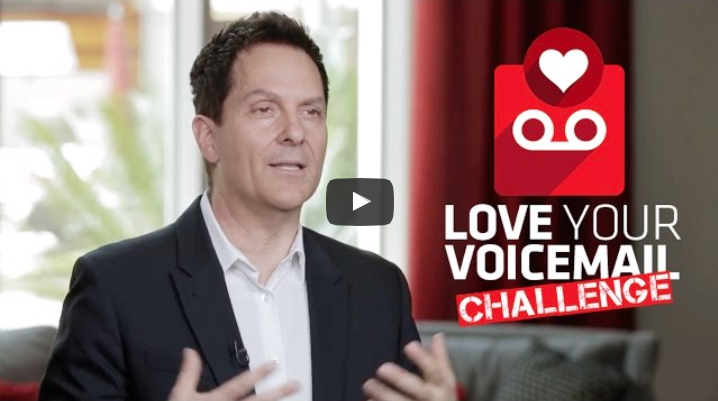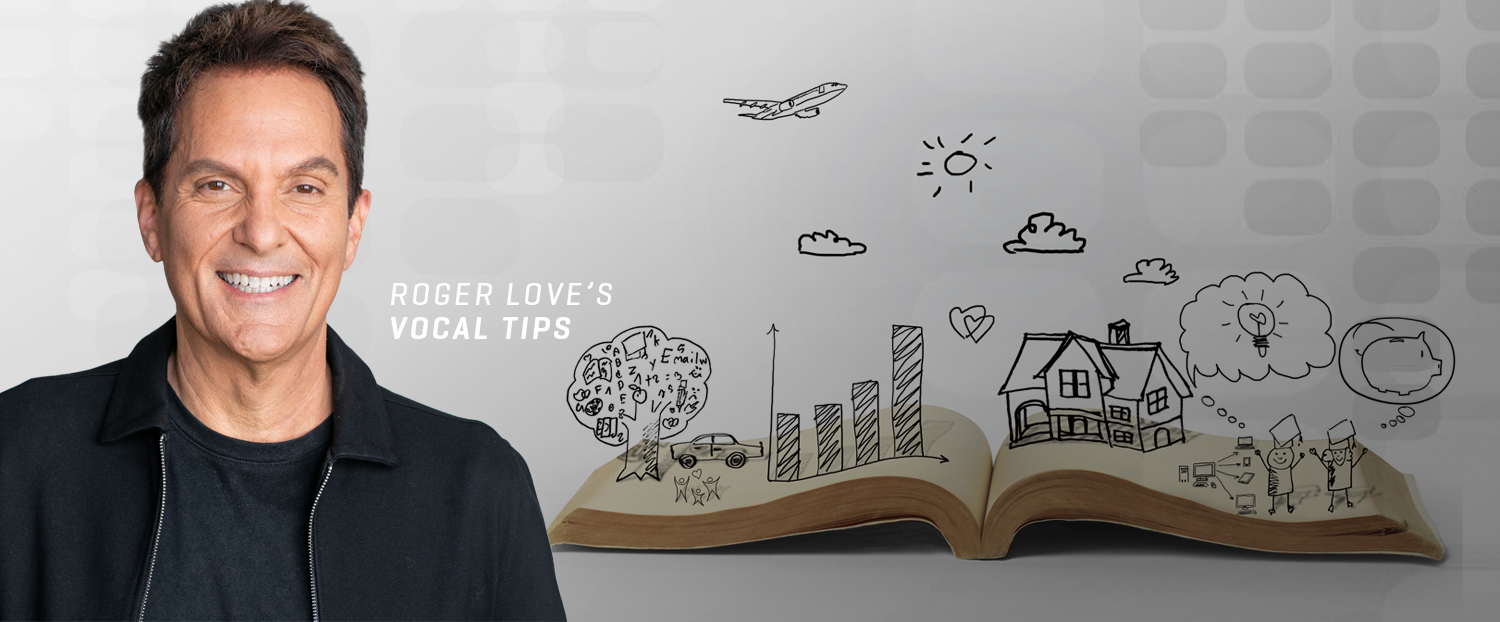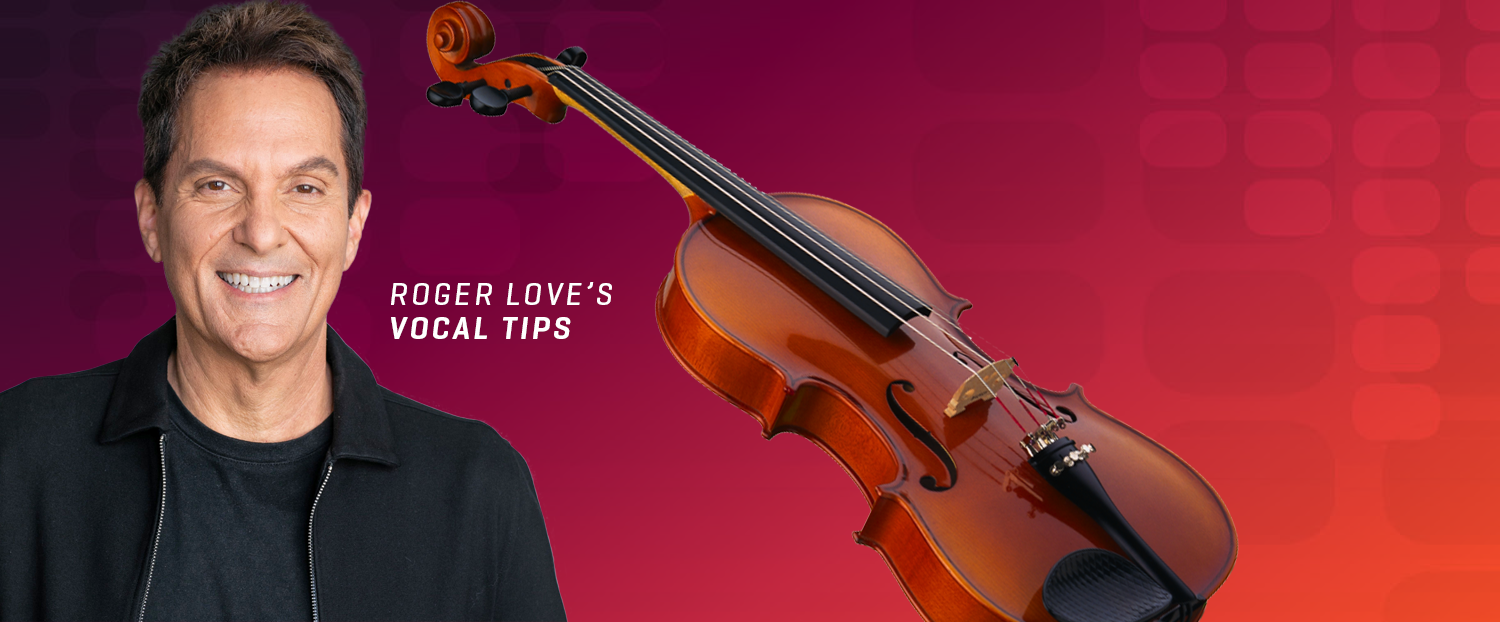You’ve practiced your speech for weeks. You know it by heart. You have the inflections down pat–you know when your dramatic pauses should occur. But when you climb onto the stage and begin speaking, you feel stiff. The glare of the lights blinds you, and you think, “what in the world am I supposed to do with my hands?
In public speaking engagements, your body matters almost as much as your voice. You want to invite the audience in with all that you have to offer. An engaging, powerful speech is a mix of words, sound, and non-verbal communication. So how do you nail onstage body movement? How do you ensure your presentation will draw in your live and online audiences alike?
Utilizing movement for public speaking requires intention. And once you’ve learned how to incorporate movement into your presentation, it becomes second nature.I want you to learn how to use your best voice to give an emotionally resonant performance. But using your best voice requires your body, too. So let me lay out a few basic steps to help you combine speaking with body movement. If you practice these methods, you’ll feel comfortable with your own body, and your audience will respond accordingly.
Where to focus your eye contact
Before we get to your arms and hands and master body movement, let’s talk about focus. When you first step onstage, you may feel like taking cover behind the safety of the podium. But that piece of stage furniture acts as a wall of disengagement. Your audience will be less likely to emotionally connect with your story if you hide from, or become visually removed from them. Whenever possible, get in front of the podium.
As you begin to speak, be conscious of where you’re looking, and change it up throughout your presentation. Concentrating on specific focal positions will help keep your audience engaged. Here are four basic positions you should take:
- Position 1: Direct your eye contact to the center of the audience. Keep your body positioned straight in front of them for about 30 seconds.
- Position 2: Now shift your position to those on your right. Let your body shift towards them as well. YOu can even walk in that direction closer to the front of the stage. Keep yourself in that spot for another 30 seconds.
- Position 3: Direct your speech to those on the left of the stage. Focus your body in that direction, and if you have space, walk that way as well. Remain there for…you guessed it…30 seconds
- Position 4: Shift your attention back to those in the center of the audience.as you walk back to the center of the stage. Keep yourself in that spot for another 30 seconds.
Repeat these positions throughout your public speaking engagement, and if you’re feeling daring, switch them up a bit. Go from Position 3 to Position 2. Switch from Position 1 to Position 3.
If your event is being recorded or live-streamed, and you have a real audience, you may also notice static cameras set-up somewhere in front of the stage–to the right, center, and left of you. Ignore those cameras and talk to the actual people in the seats. The production team has strategically placed them so the cameras will record you clearly. Don’t play to the camera. If handheld cameras are thrown into the mix, you can glance into their lenses, but don’t hold lingering eye contact. If there’s no audience and it’s all virtual THEN the camera become the audience and you will follow the same rules above, pretending that the camera are the people to look at.

How to move your body
First rule – NO PARALLEL GESTURES – that’s when your right hand and arm make the exact same motions as your left hand and arm, at exactly the same time. Though you’ve seen too many politicians move like that. It’s actually not a natural body movement. The right side of the brain actually controls the left side of the body. So the right side of the brain tells the left hand to make a movement. It doesn’t tell the left and right hand to make the same movement. So when you make exactly the same gestures, the left side of the brain has to tell the right side of the brain you’re going to make that gesture, and only then do both sides of the brain get together and make it happen. The best way for you to use your hands is to create movement with your left hand that are slightly different from the movements you make with your right hand. Don’t try to create mirror movements. It’ll make your body look unnatural, and it’ll make the audience think that you are not physically comfortable. And remember that your hands are connected to your arms and then connected to your shoulders and so on. So when you use hand gestures to make a point, move your whole arm, and upper body, and maybe your head. Allow your energy to fill every part of your body.
By aligning your body with your words, you invite an audience into the power of your story. Your words, emotive sounds, and movement combine to give your speech a triple impact. People are drawn into the presentations of those who fully engage.
Practice Makes Perfect
As you prepare for your public speaking engagement, you’ll most likely spend hours practicing your speech. You want to feel ready for your event. Why not include body movement in your practice time as well?
Stand in front of a mirror, and watch yourself. Look out for parallel gestures. Make movements that look and feel natural. Record yourself on video as well, and watch to discern what works and what doesn’t.
Enjoy your time
Even if the subject matter you’re sharing is sad or melancholic, use the performance adrenaline pumping through your veins to energize your whole body. If you’re engaged with and excited about your speech, you’re inviting your audience to feel the same level of excitement.
Above all else, have fun with your presentation. Prepare and then enjoy the fruit of that preparation. Use each of your physical aspects to reaffirm the emotional impact of your message.
Allow your voice, sounds, and movement to make your presentation come alive. Think of your public speaking event as a performance–not to put on an act, but to showcase the best of yourself. Incorporating natural, energized movement into your speech will raise your confidence levels. Just by following these basic steps of movement, you could breathe new life into your presentation. Enthusiasm is infectious.




